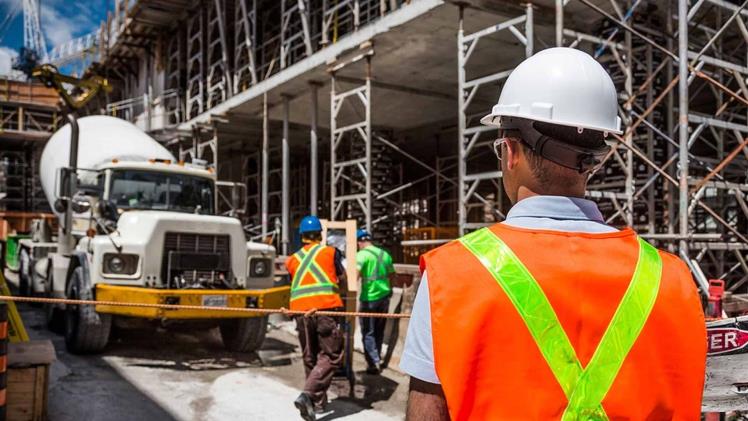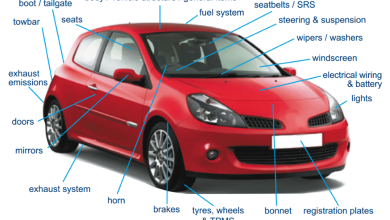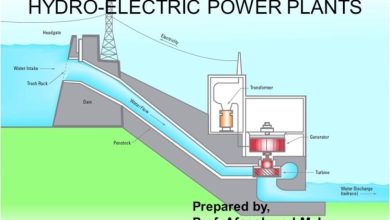Who’s Liable When Everything Goes Wrong? Site Management Risks Contractors Can’t Ignore

In the world of construction, things can go from perfectly on track to utterly chaotic in a matter of seconds. A single missed safety check, a miscommunicated order, or a subcontractor’s mistake can unravel weeks—sometimes months—of hard work. When it does, the first question everyone asks is: who’s liable?
That’s a question that keeps many contractors awake at night—and for good reason. Construction sites are complex, high-stakes environments filled with moving parts, heavy machinery, and an army of professionals working under pressure. The margin for error is slim, and the consequences of something going wrong can be devastating—financially, legally, and reputationally.
Understanding the full spectrum of site management risks is no longer optional—it’s essential. And in this environment, site insurance isn’t just a formality. It’s a strategic shield that can determine whether a business survives a setback—or sinks under it.
Let’s explore the hidden and not-so-hidden risks contractors face, the liabilities that often get overlooked, and what you can do to protect your team, your project, and your bottom line.
The Chain of Responsibility: Who’s Actually Liable?
On a construction site, responsibility doesn’t fall on one person—it’s a chain. But in the eyes of clients, regulators, and courts, the general contractor or site manager is often the first stop for blame. Even if a subcontractor made the error, or the material was faulty, or the weather played a role—the contractor’s name is usually on the paperwork, and that means liability.
Key Scenarios Where Liability Strikes:
- A worker is injured due to a scaffold collapse.
- Heavy equipment damages a nearby property.
- Materials are stolen overnight.
- A delivery delay triggers breach of contract penalties.
- Environmental rules are violated due to improper waste disposal.
In each of these situations, liability doesn’t always rest with the person who caused the issue—it often lands with the person in charge of the site. Without a clear risk mitigation plan and strong site insurance, the financial and legal aftermath can be crippling.
The Most Common Site Management Risks Contractors Overlook
While many contractors are aware of the “big-ticket” risks—like major injuries or project delays—it’s the smaller, overlooked details that often lead to the biggest liabilities. Here are the risk areas you can’t afford to ignore:
1. Lack of Proper Documentation
Contracts, permits, safety reports, and change orders—when these aren’t in perfect order, they can open the floodgates for disputes.
Why it matters: In the event of an incident, missing or inconsistent documentation weakens your legal defense. A good site insurance policy can cover legal expenses, but not if you haven’t followed best practices on paper.
2. Subcontractor Mismanagement
You may trust your subcontractors, but that doesn’t remove your responsibility for their actions on-site.
Why it matters: Courts and clients often hold the primary contractor liable for the acts (or omissions) of any worker on their site—even if they weren’t directly hired by you.
3. Site Security Failures
Vandalism, theft, and unauthorized access to sites are more common than many assume, especially during night shifts or weekends.
Why it matters: If valuable equipment is stolen or damage is caused after hours, you’re still on the hook—unless you have site insurance that includes theft, vandalism, and third-party property damage.
4. Environmental and Regulatory Violations
From improper disposal of hazardous materials to stormwater runoff violations, environmental non-compliance can result in steep fines and long-term legal trouble.
Why it matters: These infractions often catch landscaping contractor St Charles off-guard because they’re seen as low-priority issues—until a government agency shows up with citations.
5. Delays Due to External Factors
Weather, supply chain disruptions, or labor shortages may seem “beyond your control”—but clients don’t always see it that way.
Why it matters: Without a force majeure clause or comprehensive site insurance, these delays could lead to financial penalties or contract termination.
Site Insurance: Your Safety Net When the Unexpected Happens
So, what’s the solution to navigating this minefield of potential liabilities? The answer lies in proactive risk management—and that starts with investing in the right site insurance coverage.
What Should a Robust Site Insurance Policy Cover?
- General Liability: Covers injury to third parties and property damage.
- Builders Risk: Protects against damage to structures, materials, and equipment during construction.
- Workers’ Compensation: Covers employee injuries on the job.
- Professional Liability (Errors & Omissions): Protects against claims of negligence or project errors.
- Environmental Liability: Covers cleanup costs and penalties from environmental damage.
- Tools and Equipment Coverage: For theft or damage of gear on-site.
More importantly, a good policy should be customized to your specific project and site needs—not just a generic off-the-shelf product. Every construction site has unique vulnerabilities depending on location, scope, team size, and timeline.
Real-World Scenarios Where Site Insurance Saved the Day
To understand just how critical site insurance can be, consider the following real-world examples:
- A subcontractor accidentally damaged a gas line during excavation, leading to neighborhood evacuations and a massive repair bill. The general contractor’s site insurance covered the claim.
- A sudden hailstorm shattered window panes and flooded the partially finished building. Builder’s risk insurance reimbursed the full cost of materials and repair.
- A miscommunication between teams led to the incorrect installation of a foundation element, requiring costly rework and schedule delays. Professional liability coverage handled the client’s claim for negligence.
In each case, the difference between disaster and recovery was having the right protection in place—before things went wrong.
What Contractors Should Do Today
If you’re a contractor, site manager, or project owner, now is the time to ask hard questions about your current level of protection:
- Do you know exactly what your current site insurance policy covers—and what it excludes?
- Are your subcontractors insured and compliant with your coverage terms?
- Do you have clear processes for documenting incidents, accidents, and site changes?
- Have you accounted for emerging risks like cyberattacks on connected machinery or software errors in automated site systems?
If the answer to any of these is “no” or “not sure,” you’re leaving your business exposed.
Conclusion: You Can’t Prevent Every Accident—But You Can Prepare for It
Construction sites are high-pressure zones where even the best-laid plans can falter. Liability is a constant shadow that follows every decision, every delay, and every dollar spent. And while you can’t control the weather, the supply chain, or human error, you can control how protected you are when things go wrong.
Site insurance isn’t a backup plan—it’s the backbone of responsible site management. It gives you the power to absorb shocks, manage blame, and stay in business even when the unexpected hits hard.
When your reputation, contracts, and finances are on the line, having the right coverage could be the most important building block on your entire site.





